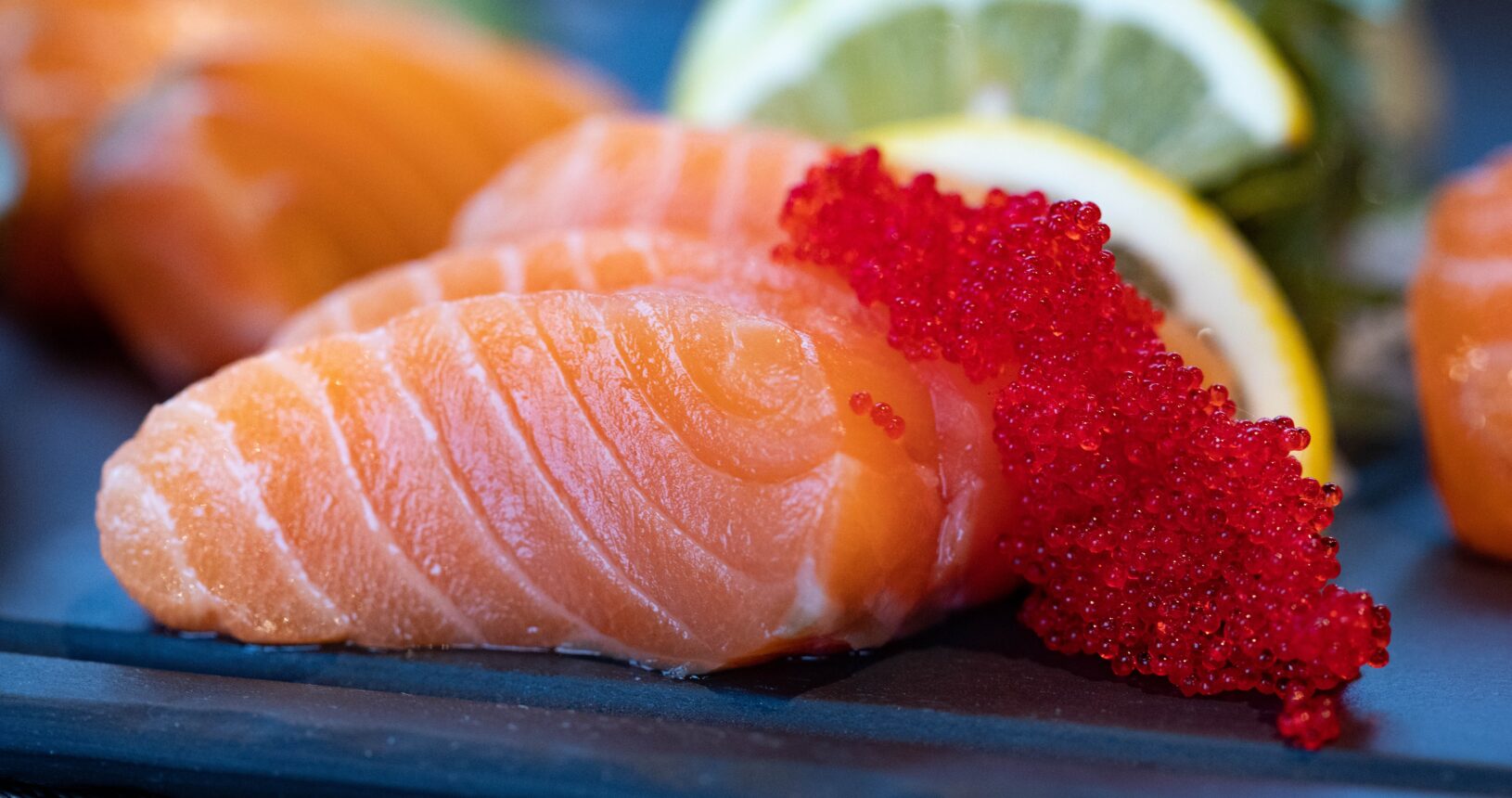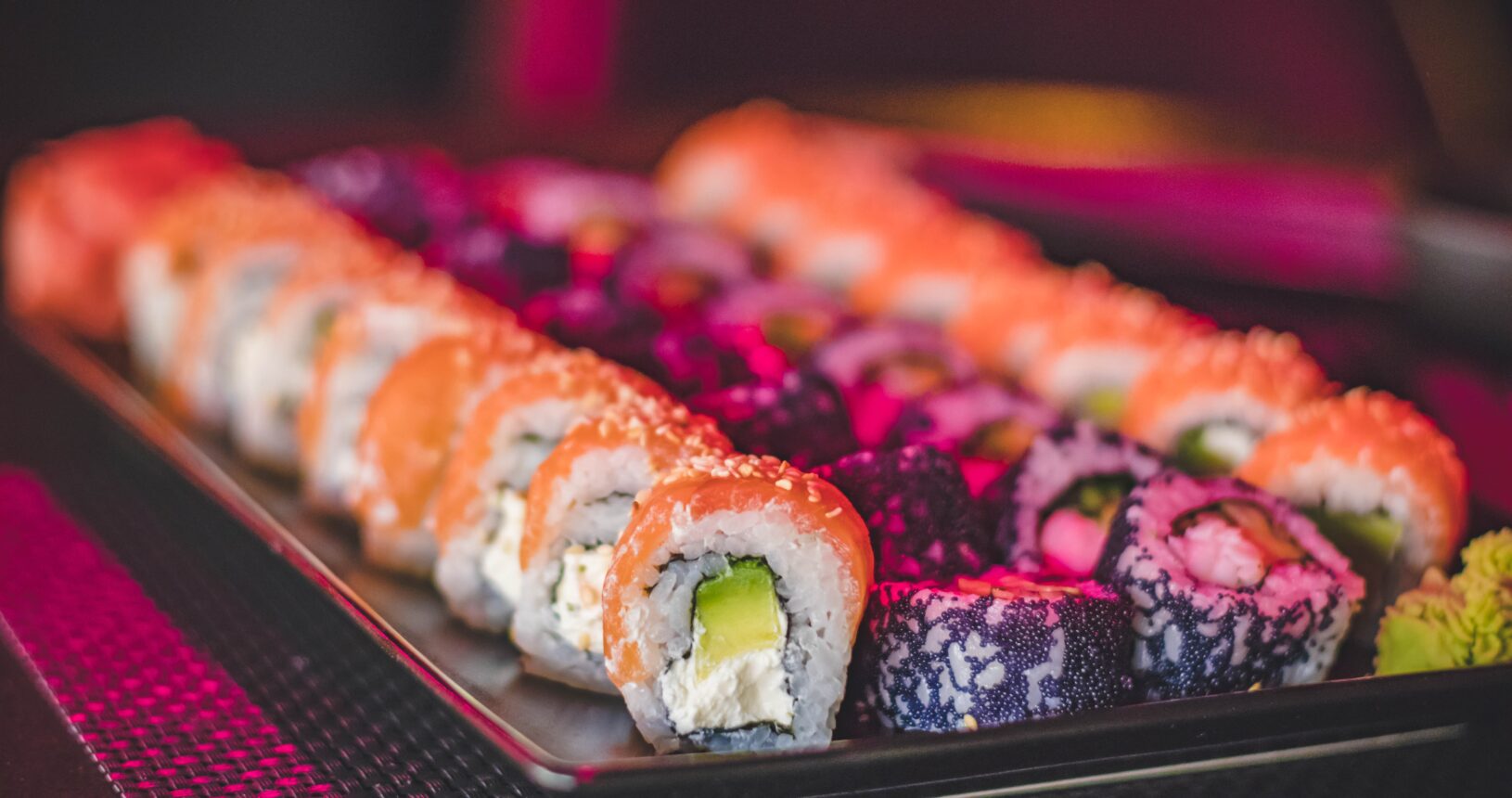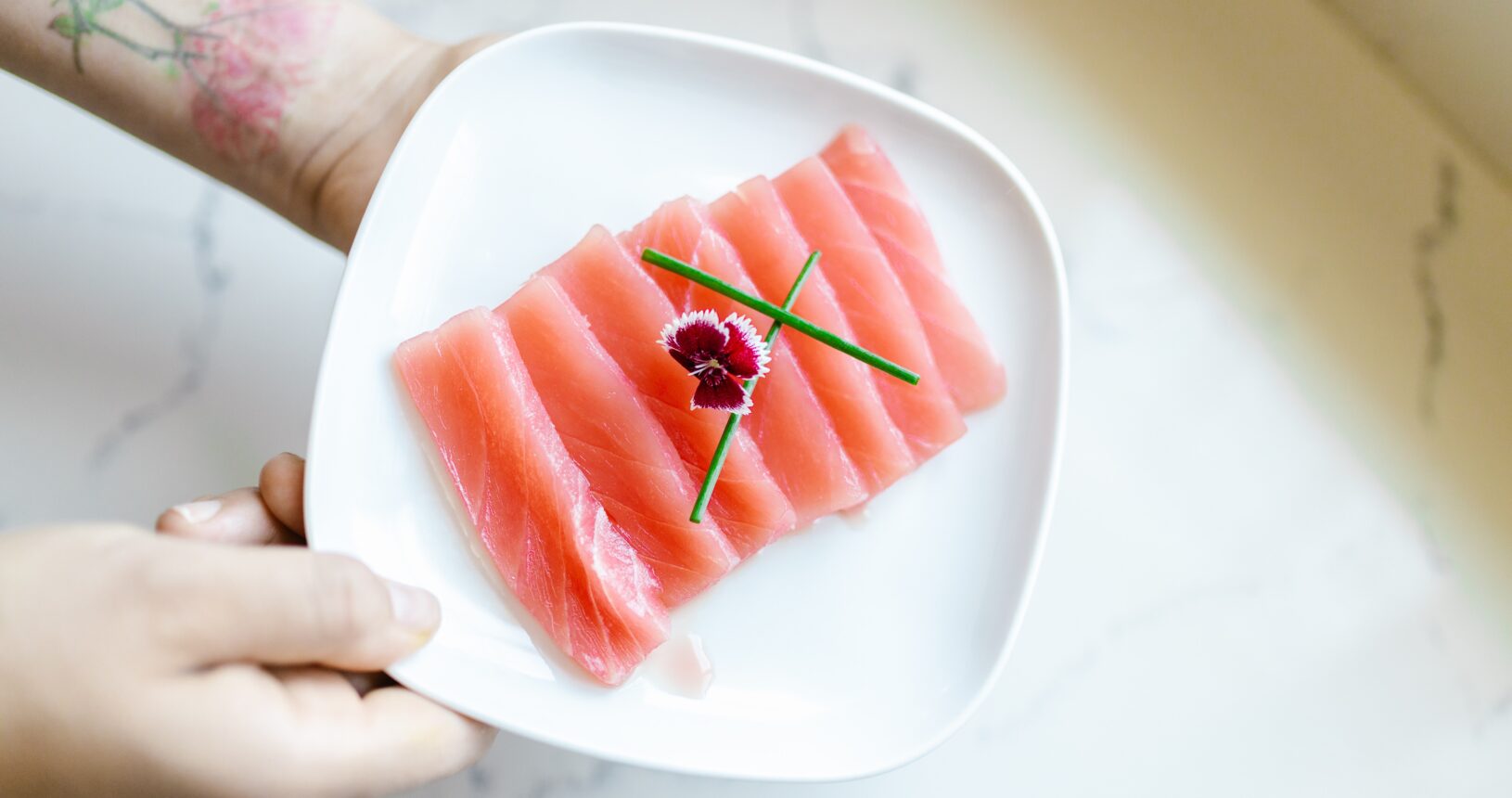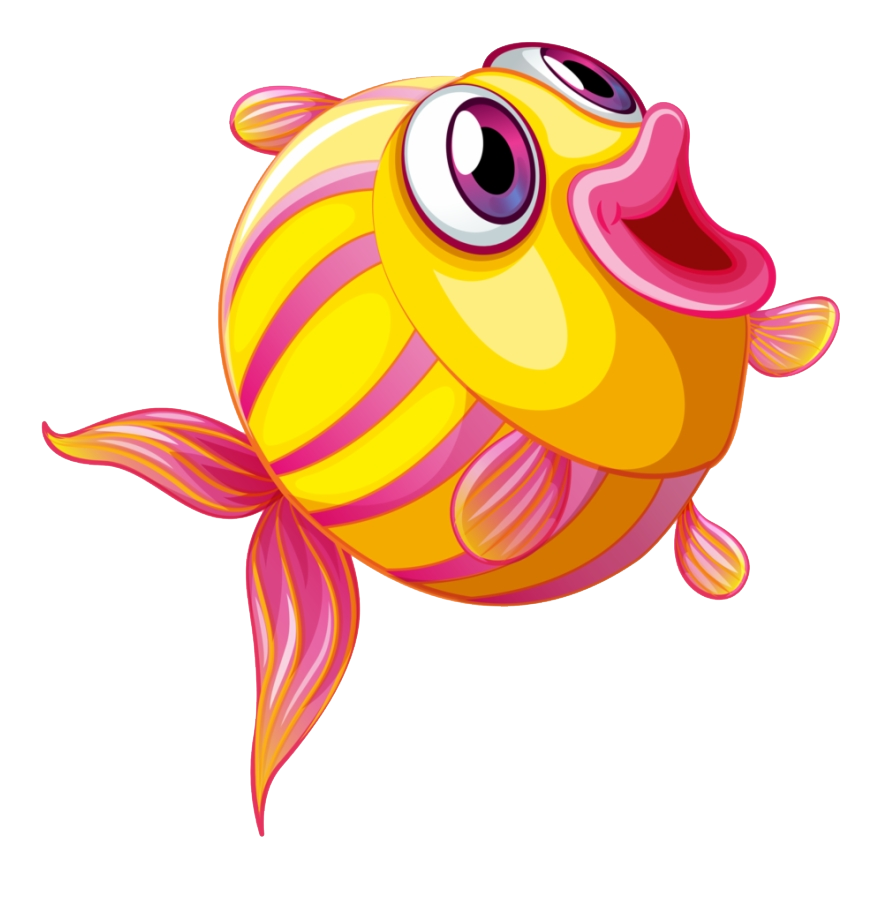
FISH
Fish farming
Today, fish farming is one of the most important ways to meet human needs for meat, vitamin D and omega-3 in the body.
Fish farming is the solution to the problem of overfishing and helping to rebuild endangered ecosystems.
Raising fish with rainwater is designed for human consumption
Agricultural lands that are irrigated with water from fish ponds, produce good products in terms of quantity and quality,
which is one of the positive points and worthy of attention to aquaculture and saving in the use of chemical fertilizers and sustainable development.
We use the following tools for optimal fish farming:
• Water testing equipment
Water testing equipment is provided to assist in water testing. This equipment is used to check if the water is suitable for fish.
• Aeration equipment
Aeration equipment facilitates better flow of oxygen in the pond. The amount of oxygen is very important in fish pond breeding.
Water retains a limited amount of oxygen, and this state of water depends on atmospheric pressure, temperature, and salinity. In the natural state,
oxygen is produced by diffusion from the air and photosynthesis (oxygen produced by phytoplankton or algae) in water.
Photosynthesis produces the most oxygen in water. The amount and angle of light radiation in different seasons of the year affects the photosynthesis rate of phytoplankton and oxygen production.
Fish need twice as much oxygen as they normally do to fully digest food. Oxygen affects food conversion ratio, digestibility, growth and increased production.
In the farming pool, fish are not the only consumers of oxygen, consuming only 5-15% of the oxygen in the water.
Oxygen consumers in the breeding pool include:
Phytoplankton, bacteria and suspended solids are about 50%, fish feces and uneaten foods about 32%, benthos about 0.2%, manure
decomposition and pool floor sludge about 8% and zooplankton about 4.5% .
• Reservoirs (ponds, pools)
They are made to hold large numbers of fish for harvesting and marketing. These tanks and ponds are typically built to create a better environment for fish.
• Lace
The net gathers all species of fish for harvest and helps catch large numbers of fish.
Stages of fish farming
1. Select the appropriate area :
The first step in the fish farming process is to choose the right area of land. Land should be suitable in terms of size, soil quality and water source.
♦ soil.
Soil quality not only directly affects the quality and quantity of fish received, but is also important because of its suitability for wall structure.
The ability of the pool to maintain the required water level is strongly influenced by the properties of the soil. Therefore, when choosing a place for farms, it is necessary to do research and studies on the soil of that area. Due to the importance of soil quality,
especially in large farms, detailed research is conducted. With the help of soil engineers, we examined the soil quality and possible water resources in the area to select a site with high quality soil. Sandy-clay to clay-loam soils are considered suitable for pool texture. In fact, at least 20% of the soil should be clay.
The site of choice should also be approximately level with the ground to ensure that it is not easily flooded. It also helps prevent dirty water from entering the fish pond. Also, the soil should be free of stones or have little stone.
Soil classification in terms of fish farming
The main source of all soils, regardless of their structural composition, is large rocks. Climatic factors cause the rocks to crumble gradually and eventually soil to form. The soil used in the construction of fish ponds and water supply canals is divided into 3 groups in terms of size and diameter of aggregates:
Group 1- Coarse-grained soil with a fine particle content of less than 50%.
Group 2 - fine-grained soil with a fine particle content of more than 50%.
Group 3 - Soils rich in organic matter, which mainly contains large amounts of humus soils from rotted plants and animals and fertilizer.
The amount of organic matter in some of these soils is so high that it makes them unsuitable for use in pond construction. Swampy soils and soils of forest areas are among the soils rich in organic matter.
The quality of soil division depends on the size of their constituents. Coarse-grained soils are usually divided according to their constituents and fine-grained soils according to their formability.
Soil PH:
Soil PH:
The pH of the soil should be as neutral as possible or slightly alkaline. If the pH is acidic, it can be alkalized by adding the required amount of lime.
♦ Size
The land we choose for the fish pond should be large. Because it contributes to the growth and development of our business in the future. Big enough means enough fish to breed.
♦ Water
In fish farming, a constant supply of water is vital. Raising fish with unreliable water sources is not only stressful but also leads to unhealthy fish production and consequently low production. When locating fish ponds, make sure there is a source of fresh and clean water. Our fish pond is about 0.7 meters deep.
۲. Design and construction of ponds
It is useless to build a poorly designed pond in an unselected area. The design of the pond is of great importance. The cost of building a fish pond depends on its dimensions and design. The design of the pond also depends on the type of species we want to breed. We tried to follow the following points in pool breeding. It should be noted that these tips are vital in fish farming.
♦ Water entry and exit
The water must move in and out constantly and at the right speed. If the water output is too much, it will also expel beneficial algae, which is not good for the fish. On the other hand, where water is stored in the pond for a long time, it may lead to a decrease in circulating oxygen resulting in unhealthy fish. Therefore, the pool authorities will always monitor the water level of the fish pond.
♦ Good management
The pages are strategically and skillfully placed during construction. All entrances and exits are properly covered to prevent the entry of insects and predators.
*Good drainage
The ideal slope for a fish pond is 0.02 meters for every 10 meters. This helps regulate the rate of water inflow and outflow.
♦ Shape and size
Productivity is greater in shallow ponds. However, according to the recommendations of relevant experts, ponds should not be too shallow. The shallow end should be approximately 50 cm.
♦ The distance between the ponds
If there is no distance between the fish ponds, this makes feeding the fish very challenging. It may also make it difficult to catch fish in a pond that requires the machine. Therefore, spaces should be placed between them to be used as feeding routes and machines if needed. The routes are standard to avoid pressure.
3. Selection of fish species
This is the most difficult stage in the project. Because there are so many different types of fish to breed.
Package We use different types of hydrothermal fish for breeding.
Hydrothermal fish: Fish that feed and grow in freshwater and water temperatures between 15 and 35 degrees and are suitable for rearing in earthen ponds and fish farming.
1. Ordinary carp
It is one of the fish that is farmed all over the world due to its meat and reasonable price. This fish is widely raised in Europe, Asia and the Far East. It is farmed in earthen ponds, lakes, agricultural storage ponds, floating net cages, or combined farming systems with aquaculture, poultry, and livestock.
The farmed breed of this fish has a wider and more fleshy body than the wild type. Their body color is golden yellow on both sides and darker on the back. The digestive system is relatively simple and lacks a distinct stomach, this fish is omnivorous and feeds mainly on benthic animals, plants, rotten bedding and mud. The most suitable temperature for the growth of this fish is 25 degrees Celsius
2. Grass-eating carp or amur
It has an elongated body, broad and round snout, and the color of green scales, and it has a dark back on the abdomen and a white tendency.
This type of fish is very suitable for agricultural ponds and is very economical in terms of nutritional costs.
These fish feed mainly on excellent plants and filamentous algae. Active feeding of this fish starts from plants when its length has reached 3 cm and more. It also excretes 50% of the eaten plants in a semi-digestible way and it is also fed carp.
The amount of food consumed by this fish every day is about 40% of body weight and the conversion ratio of food to meat is about 25-30:
1, ie one kilogram of meat is produced for 25-30 kg of food (forage). The beginning and end of feeding of this fish between 10-12 degrees Celsius starts in early spring and ends in late autumn.
This fish has good meat so that its length may reach 1.5 meters and its weight may reach 50 kg. This fish has a beneficial role in controlling weeds on the floor and walls of the pool.
3- Silver carp
This fish, which is erroneously called farmed salmon, has the highest percentage of cultivation density in hydroponic fish farms. They account for about 50 to 60 percent of the crop density. It has a compact body (from the sides) and is relatively high.
Conditions for carp breeding:
The quantity and quality of water for fish farming is one of the main factors affecting fish farms. The most important physicochemical properties of water for fish farming are:
PH or acidity: The water used for breeding is neutral to slightly alkaline. (PH = 8-7) EC or electrical conductivity: indicates the amount of salts in the water.
Suitable EC is 2000 micromoles per square centimeter but up to 5000 micromoles does not have much adverse effects.
Soluble oxygen: The inlet water of the pool should have the required amount of oxygen. The best amount of soluble oxygen for carp is 5-6 mg
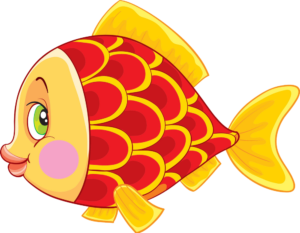
fish
By sloping rainy lands, we collect rainwater in pre-built indoor pools.
Then we filter the collected water and use it for fish farming In ponds.
And we use the overflow of these ponds, which are full of minerals, for irrigation in agriculture.
The largest ecosystems on earth are the seas
Overfishing by humans upsets the balance of this vast ecosystem.
According to the United Nations Agriculture Organization (FAO):
Approximately 32% of the world's fish stocks have been exploited
And need reconstruction
On the other hand, the distance of some cities from the seas and the demand of people for fish and their need for omega 3 is a reason for creating fish ponds.
We use the classic fish farming method
In this method, the fish are taken out of the eggs and kept and raised in the pond
In this way, we minimized the use of groundwater
And our main source for water supply in Farmid is rainwater
l. Although carp tolerance to hypoxia is high, but its amount should not be less than 2 mg / l. Be.
Water hardness: The suitable hardness for fish farming is 300-100 mg / l in terms of calcium carbonate
Temperature: The maximum water temperature is 30 ° C. The most suitable temperature is 25 ° C. Water should be free of pollutants and heavy metals (factory-municipal wastewater, etc.). The color and smell of water should be normal.
Nutritional needs of carp:
Aquatic animals have nutritional needs in order to provide biological activities, growth and reproduction. Aquatic food habits are diverse, which are mentioned in two groups below.
1) Herbivores such as amur and phytophagous
2) Omnivores like carp
Despite the above division, most fish use micro-animal organisms (zooplankton or animal plankton) in the early stages of development after infancy.
Extra food:
Forage: such as alfalfa, clover, sodangrass, etc., which are used to feed amur. Cereals and their residues: such as barley, wheat, corn, bran
Mixed foods and formulas are also used for these fish. The composition of these foods is obtained by experienced and expert people and animal feed factories make it and sell it to farmers, but due to its high cost, it is mostly used in cold-water fish and for warm-water fish such as carp, its grains and leftovers. Forage is used.
If possible, farms with agricultural water storage ponds should use a variety of foods such as corn, wheat, barley, soybean meal, bran and forage because natural foods in concrete ponds are scarce and fish growth is delayed, which slows growth. It should be compensated with a variety of hand foods.
Common carp feeding method and its amount:
Improper feeding in concrete ponds causes rapid water pollution and losses and on the other hand causes food wastage. The best form of feeding is to use plastic containers or pans because carp have a habit of eating foam.
The number of containers for feeding should be proportional to the number of fish and the dimensions of the pool, for example, in the early stages, one container for every 500 pieces and from the middle to the end of the period, one container for every 200 pieces.
Increase so that the food reaches all the fish.
Containers should be placed at a depth of 1.5-1 meters in the pool and the depth of the container should be 10-20 cm and the minimum diameter of the container should be 50 cm. When feeding, the pond should be full of water so as not to cause problems for the fish.
To remove the waste, the pool must be emptied from the floor to remove the waste. After each feeding, it is necessary to lift the food containers every few hours and inspect the food consumption by the fish.
Feeding method of grass carp (Amur):
Amur fish feeds well on a variety of excellent plants such as alfalfa, clover and other animal feed. For the early stages of breeding, crisp and fresh fodder should be used that is more digestible and absorbable. In order to feed this fish, fodder is usually placed on the surface of the water in wooden frames in a specific place on the surface of the pool.
Number of wooden frames Varies according to the number of Amur fish (frame area is 4-9 square meters)
The amount of forage required daily is calculated according to the number of amur in the pool and their weight. Each Amur fish can feed on fodder equal to its weight and even more daily, so in order to grow more, sufficient fodder must be provided. From every 30-30 kg of fodder, 1 kg of meat can be expected. Therefore, in order to feed the fish daily at 40% of the total weight of the Amur fish, daily feeding should be done.
Technical studies
The best way to breed hydrothermal fish is to breed several species. Because in this method, all the food levels in the pool are used and none of the food levels in the pool remain unused. In addition, in breeding several species of fish, they have positive nutritional interactions on each other.
In cold-water fish farming, unlike cold-water fish farming, single-species farming is not common and is not economically viable. has it.
In any case, in the specific conditions of the region where the fish are bred in two species. The composition of the species should be such that they do not compete with each other in food. For this reason, silver carp can be bred with Amur, Amur fish can be bred with big heads.
Our breeding system is a semi-dense breeding system. This system is the most common method of carp farming in the world. It is usually done in several species and the fish are fed from the natural products of the pond (which increases with proper fertilization) and fodder and grains.
- bardasht masool badi
- bardasht masool badi
- bardasht masool badi
- bardasht masool badi
- bardasht masool badi
- bardasht masool badi
- bardasht masool badi
- bardasht masool badi

